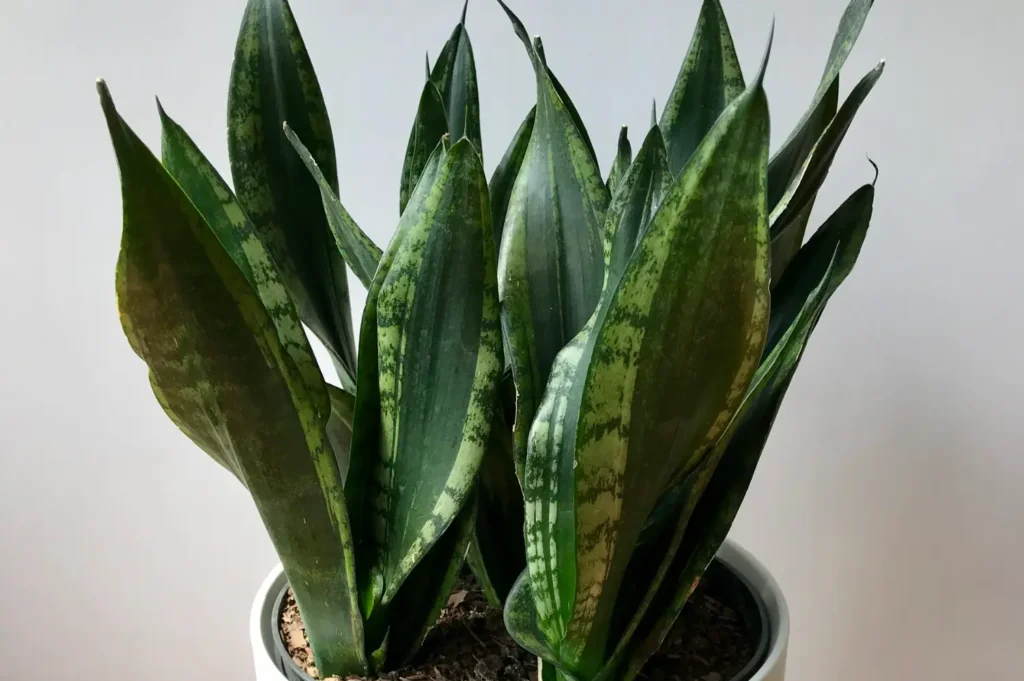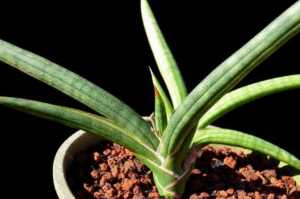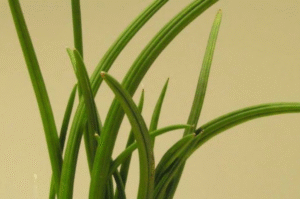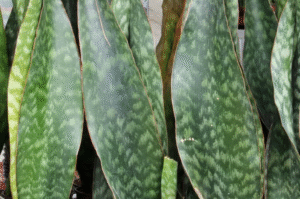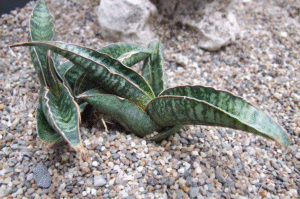If you’re a fan of compact, stylish, and low-maintenance houseplants, Dracaena trifasciata ‘Whitney’ might be your new green obsession. Often mistaken for a regular snake plant, Whitney brings a distinct flair with its glossy, variegated leaves edged in deep green and silver. It’s an elegant yet rugged variety of snake plant that thrives on neglect, making it an ideal choice for busy plant lovers and beginners alike.
In this detailed guide, we’ll walk you through everything you need to know about planting, growing, and caring for the beautiful Dracaena trifasciata ‘Whitney’.
What Makes ‘Whitney’ Unique?
The Dracaena trifasciata ‘Whitney’ is a cultivar of the popular snake plant (formerly Sansevieria). What sets it apart?
- Compact growth: Whitney typically reaches only 12-18 inches in height, making it perfect for desks, shelves, or windowsills.
- Coloration: It has stunning green leaves with silvery vertical stripes and deep green margins.
- Air-purifying: Like its relatives, Whitney helps filter indoor air by removing toxins like benzene, formaldehyde, and xylene.
- Toughness: It’s drought-tolerant, pest-resistant, and low-light-tolerant, ideal for those who want beauty with zero fuss.
How to Plant Dracaena trifasciata ‘Whitney’
1. Choose the Right Pot
Opt for a pot with drainage holes, as Whitney hates sitting in water. Terracotta or ceramic pots work well because they allow excess moisture to escape, preventing root rot.
2. Select the Proper Soil
Use a well-draining cactus or succulent mix. If you’re mixing your own, combine:
- 2 parts potting soil
- 1 part perlite
- 1 part coarse sand
This blend ensures excellent aeration and avoids waterlogged roots.
3. Planting Steps
- Fill the pot halfway with your soil mix.
- Gently place the plant in the center.
- Fill around the roots, pressing lightly to anchor the plant.
- Water lightly after planting.
Pro Tip: Let the soil dry out between waterings for best results.
Growing Conditions for ‘Whitney’
Light Requirements
Whitney performs best in bright, indirect sunlight, but it can adapt to low-light conditions too. Just avoid direct sun exposure, which can scorch the leaves.
Ideal placements:
- East or north-facing window
- A few feet away from a south-facing window
Temperature and Humidity
This plant thrives in average indoor temperatures between 60–85°F (15–29°C).
- It doesn’t tolerate frost.
- Keep away from drafty windows or AC vents.
- Normal indoor humidity is sufficient.
Watering Schedule
Water Whitney only when the top 2 inches of soil are dry. Overwatering is the #1 killer of snake plants.
In Summer: Every 2–3 weeks
In Winter: Once a month or less
Use the “soak and dry” method: water thoroughly until it drains out, then let the soil dry completely before the next watering.
Fertilizing
Feed Whitney once every 2 months during the growing season (spring to early fall) with a balanced, diluted houseplant fertilizer.
Avoid fertilizing in winter, it’s the plant’s rest period.
Routine Care and Maintenance
Pruning
Pruning isn’t necessary often, but you can:
- Trim damaged or yellowing leaves with clean shears
- Remove older leaves to promote new growth
Repotting
Whitney is slow-growing and likes to be slightly root-bound. Repot only every 2–3 years or when roots start circling the pot.
Best time to repot: Spring
Pest and Disease Management
Though resilient, Whitney may occasionally face:
- Mealybugs or spider mites: Wipe leaves with neem oil or insecticidal soap.
- Root rot: Caused by overwatering. Always check soil moisture before watering.
Propagation of Whitney Snake Plant
Whitney can be propagated through leaf cuttings or division. However, because it’s a patented cultivar, propagation for resale is not allowed legally. For personal use, here’s how:
Division Method
- Remove the plant from the pot.
- Gently divide the root ball into sections, ensuring each has a few healthy leaves and roots.
- Replant each section in fresh soil.
Leaf Cutting Method
- Cut a healthy leaf into 2-3 inch sections.
- Let them callous over for 2 days.
- Plant the cuttings upright in moist cactus soil.
- Keep warm and mist occasionally until roots develop.
Common Issues and Troubleshooting
| Problem | Cause | Solution |
| Yellow or mushy leaves | Overwatering | Reduce watering; check for root rot |
| Wrinkled or curled leaves | Underwatering or cold drafts | Water thoroughly; keep away from cold air |
| Brown leaf tips | Low humidity or water quality | Use filtered water and maintain room humidity |
| Stunted growth | Lack of light or nutrients | Move to brighter location; fertilize gently |
Frequently Asked Questions (FAQs)
Is 'Whitney' snake plant toxic to pets?
Yes, like other snake plants, Whitney is toxic to cats and dogs if ingested. It can cause nausea, vomiting, or diarrhea.
How fast does Whitney grow?
Whitney is a slow grower. Expect a few new leaves per year, especially in bright light conditions.
Can I place Whitney in a bathroom?
Yes, it can tolerate humidity well, and the lower light in most bathrooms won’t bother it too much.
Should I mist Whitney's leaves?
No. Misting isn’t necessary. Instead, keep humidity at moderate levels and ensure good air circulation.
Can I place Whitney outdoors?
Only in warm climates with temperatures above 60°F. Protect from direct sun and frost.
Final Thoughts:
Absolutely. If you’re looking for a stylish, hardy, and low-maintenance plant, the Whitney snake plant checks every box. Its compact size, stunning leaf patterns, and easy-going nature make it a favorite among both plant enthusiasts and beginners.
Whether you’re decorating a modern office, a cozy living room, or a shaded balcony, Dracaena trifasciata ‘Whitney’ adds a touch of refined greenery without demanding your time or attention.
So go ahead, add Whitney to your collection. You won’t regret it.

